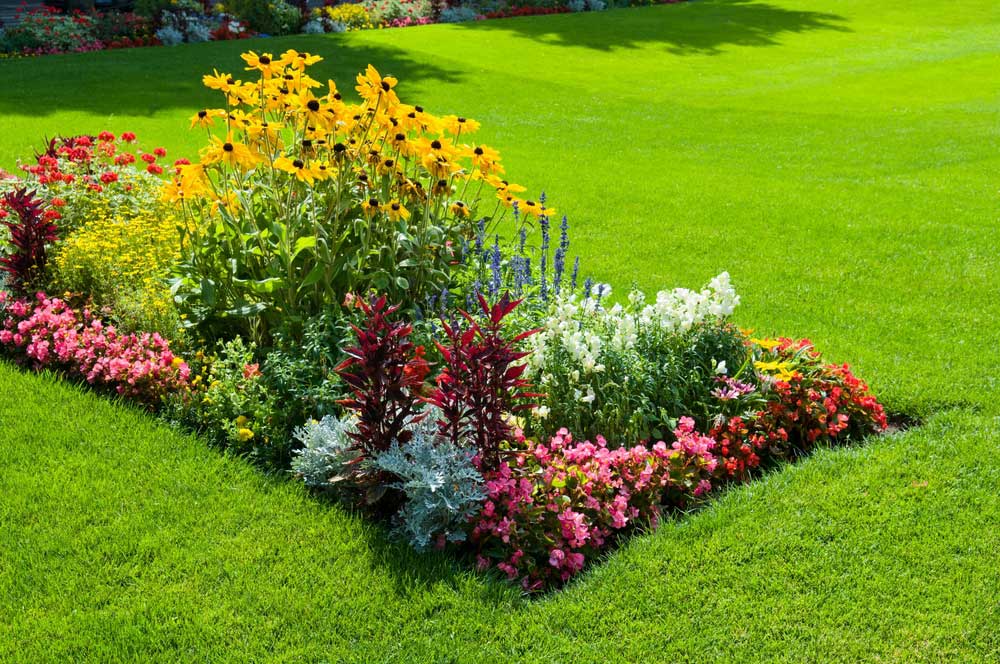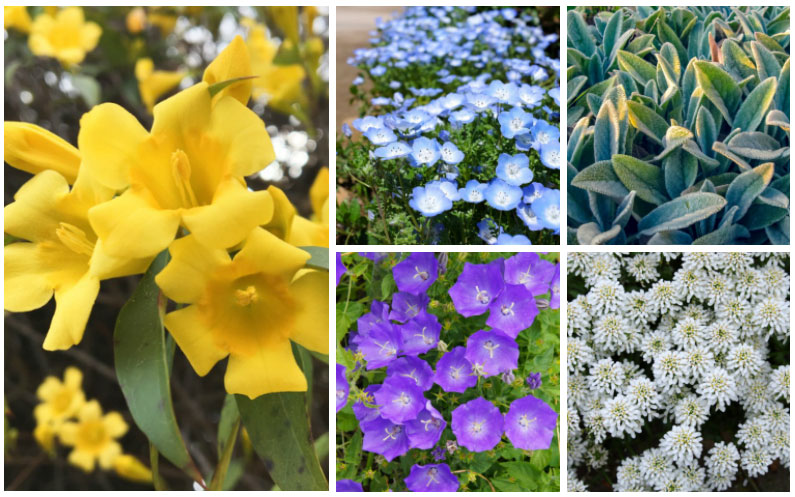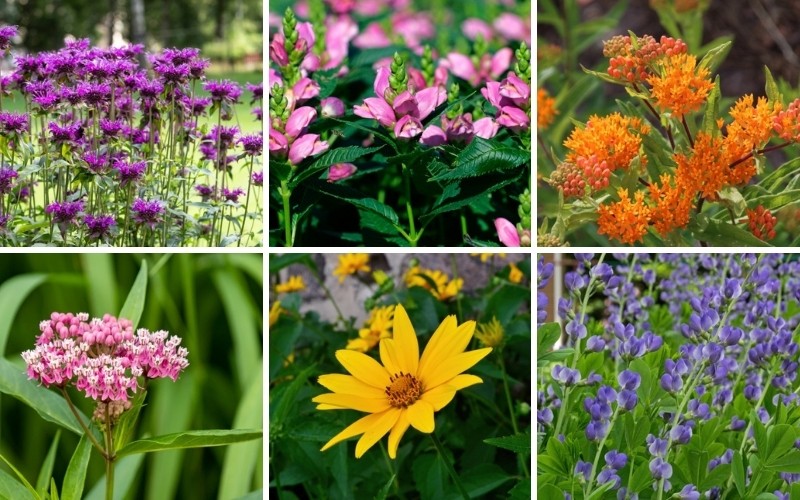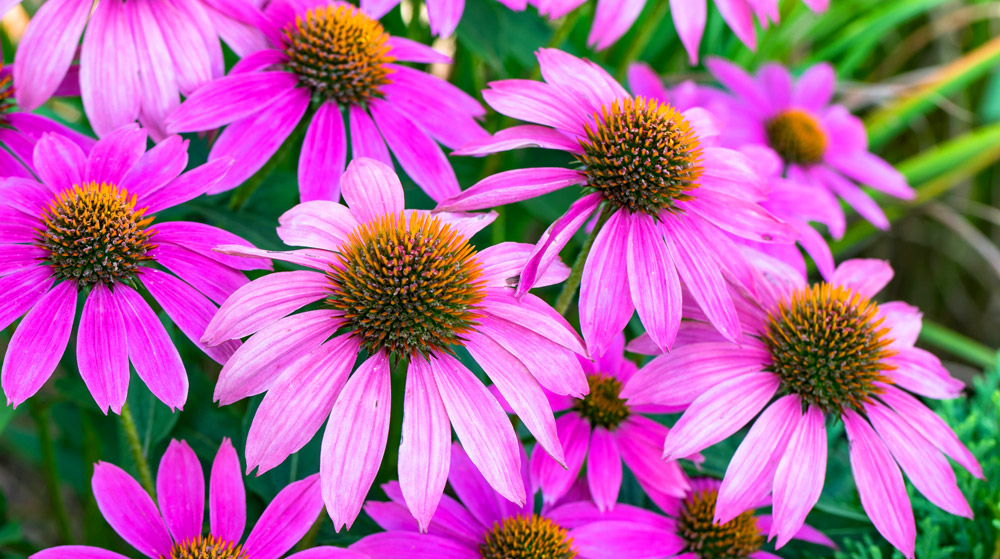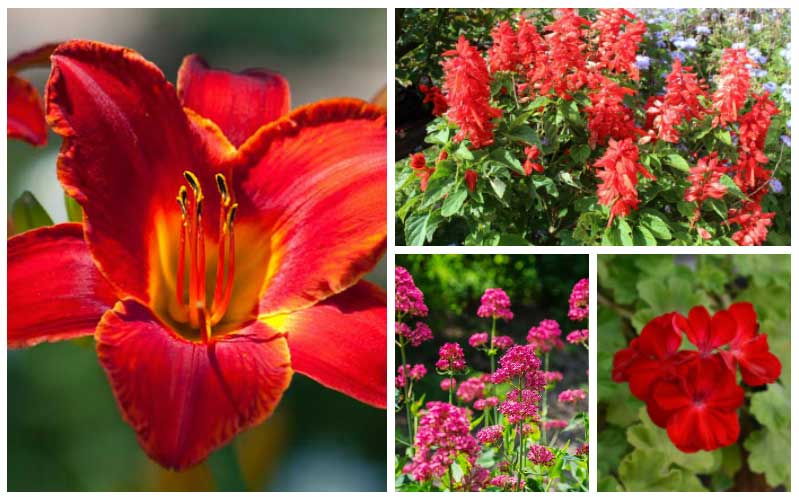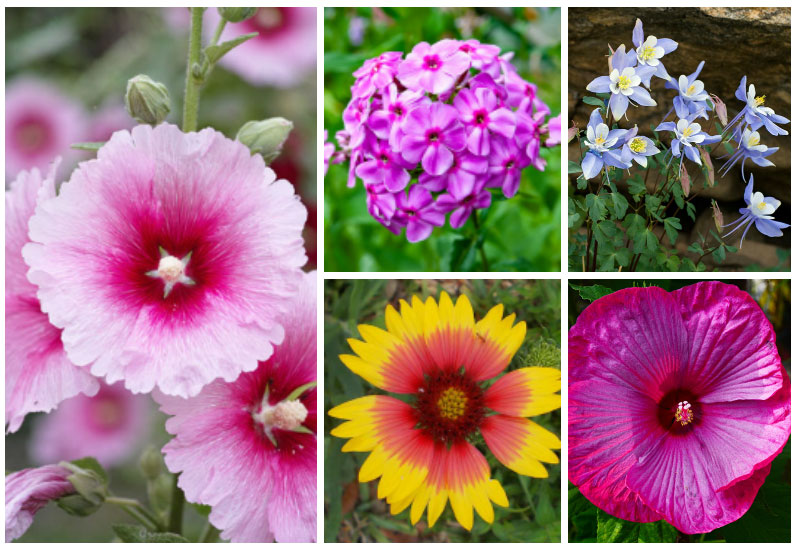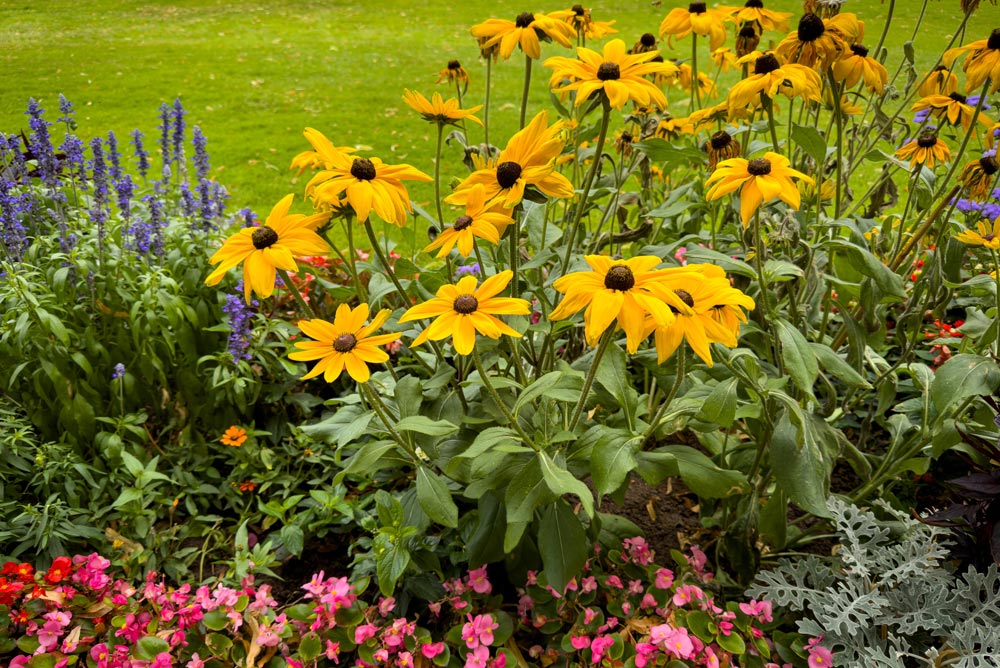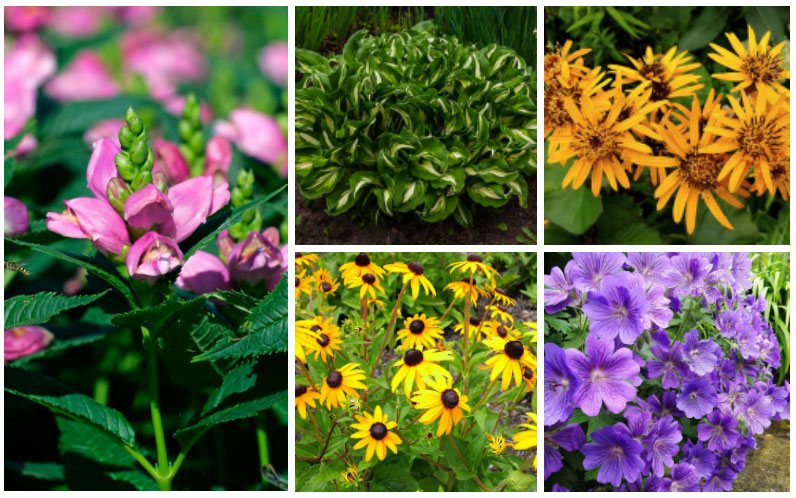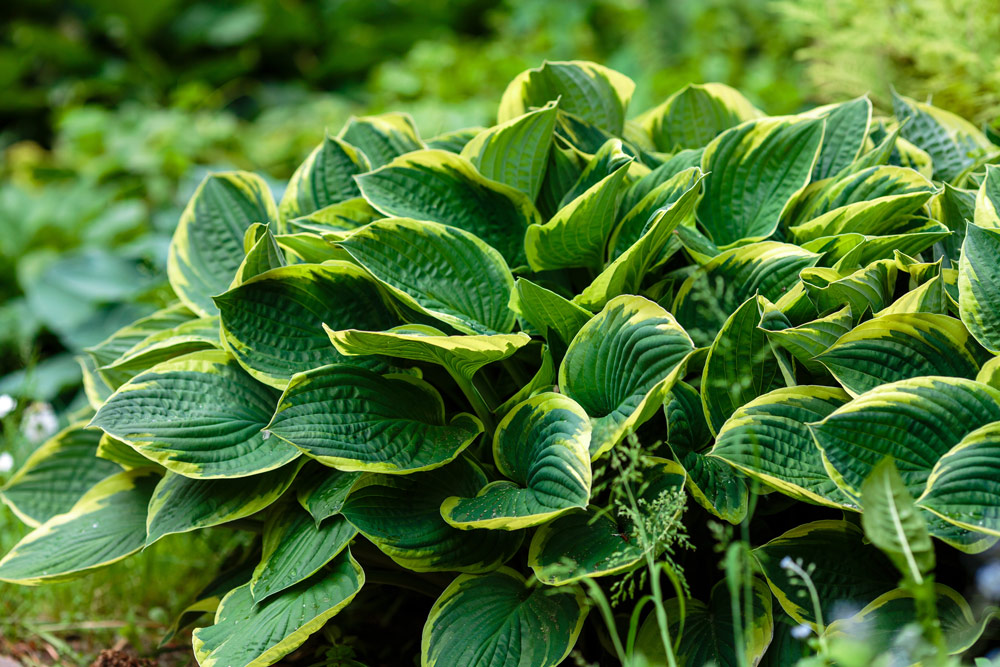
Is your garden looking a bit crowded or lackluster? Late summer is the perfect time to breathe new life into your outdoor space by dividing and replanting perennials.
This simple gardening technique not only rejuvenates your existing plants but also allows you to expand your collection without spending a dime.
Let’s explore ten fantastic perennials that thrive when divided and replanted during the waning days of summer.
1. Daylilies
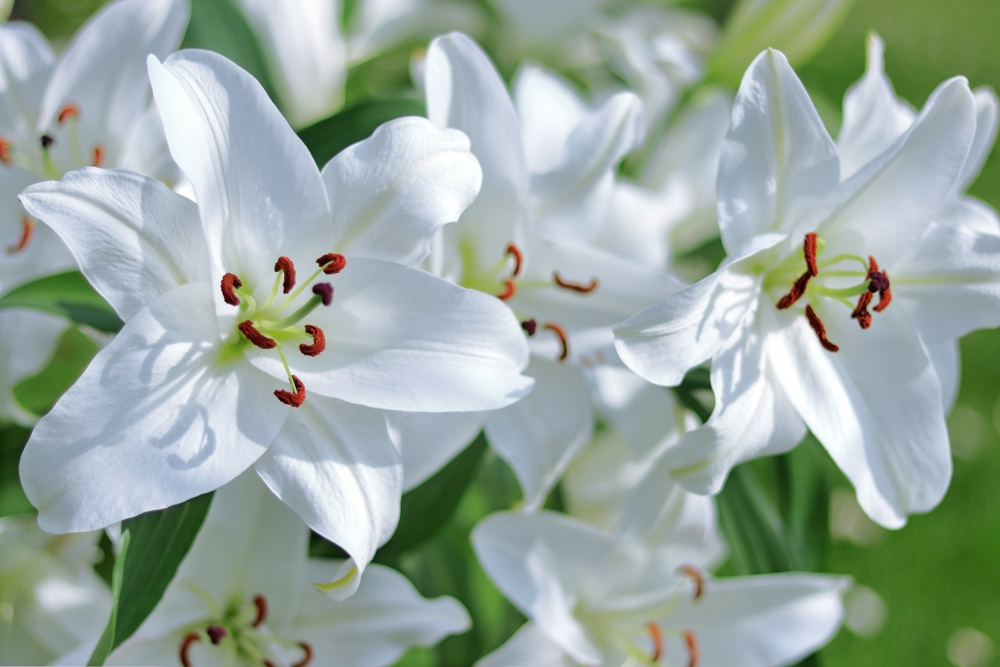
Daylilies are the workhorses of any garden, offering a vibrant display of colors throughout the summer. These hardy plants benefit from division every three to six years to maintain their vigor and prevent overcrowding. When you divide daylilies, you’re not just maintaining them – you’re creating new plants to brighten up other areas of your garden or share with friends.
To divide daylilies, carefully dig up the entire clump and separate it into smaller sections, ensuring each division has a good portion of roots and foliage. Replant these divisions immediately, watering them well to help them establish before winter sets in. Here is more information on how to divide Daylilies
2. Hostas
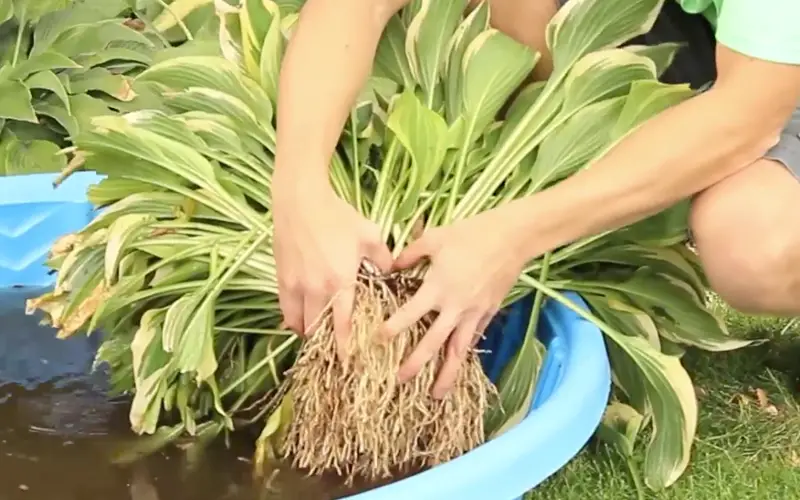
Known for their lush, attractive foliage, hostas are a staple in shade gardens. These low-maintenance plants can quickly outgrow their space, making division an essential task every few years. Dividing hostas not only controls their size but also reinvigorates older plants, promoting healthier growth and more abundant foliage.
Late summer is an ideal time to divide hostas, as the weather is cooler but the soil is still warm. Lift the entire plant, then use a sharp spade or knife to cut it into smaller sections. Each division should have a good set of leaves and roots to ensure successful replanting. Here is more information on how to divide Hostas
3. Irises
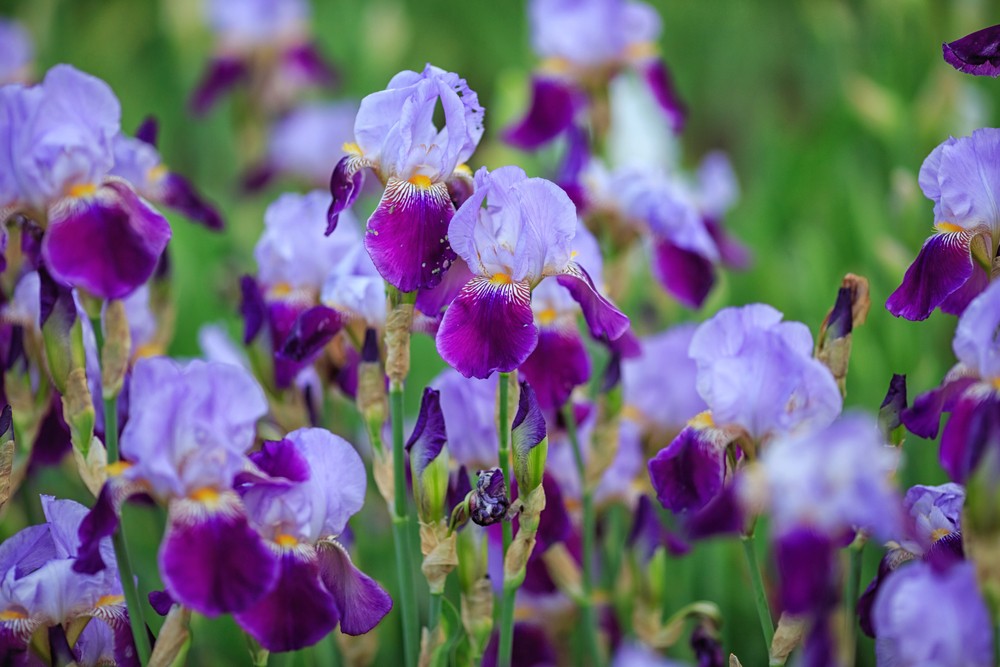
Irises, with their elegant blooms and sword-like leaves, are a favorite among gardeners. Both bearded and Siberian varieties benefit from division every three years. This practice prevents the development of dead spots in the center of the plant and ensures continued flowering performance.
When dividing irises, look for healthy rhizomes with strong root systems. Cut these into sections, each with a fan of leaves, and replant them at the same depth they were growing before. Remember to discard any old or diseased portions to maintain the overall health of your iris collection. Here is more information on how to divide iris
4. Peonies
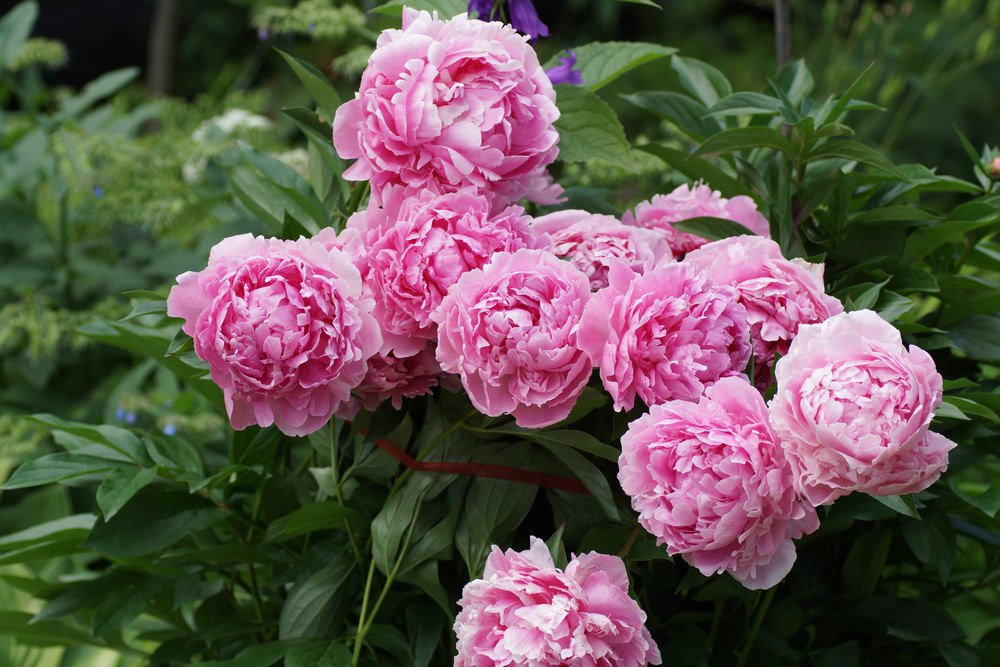
Peonies are long-lived perennials that don’t require frequent division. However, if you want to increase your collection or rejuvenate an older plant, late summer is the time to do it. These stunning flowers can live for decades, so dividing them is more about propagation than maintenance.
When dividing peonies, ensure each section has at least three to five “eyes” or buds. These buds are essential for the plant’s regrowth and future blooming. Plant the divisions at the same depth as the original plant, taking care not to bury them too deeply, as this can inhibit flowering. Here is more information on how to divide peonies
5. Black-Eyed Susans
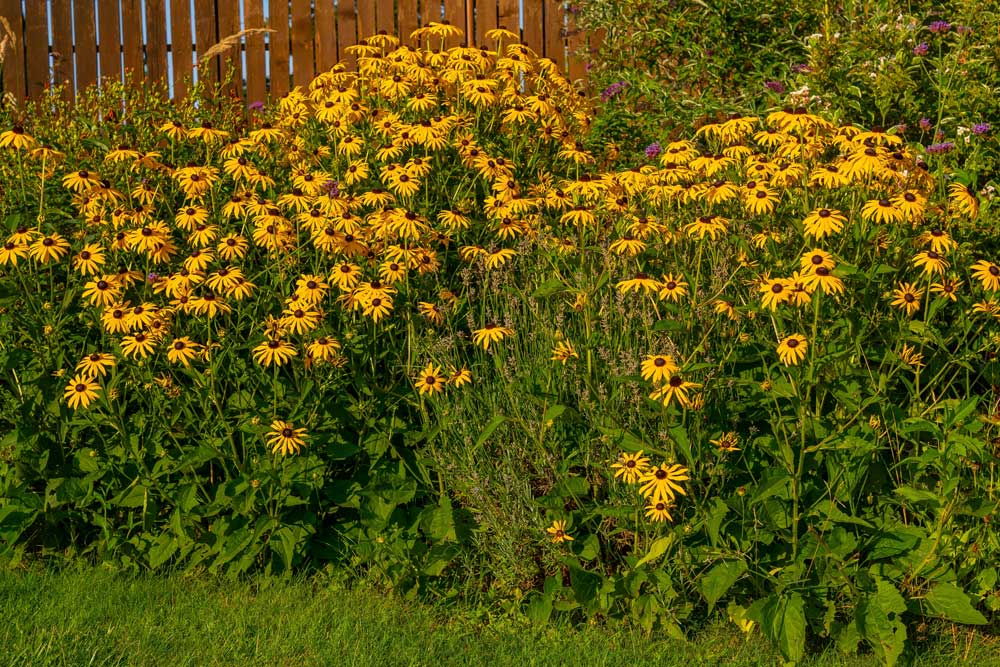
Black-Eyed Susans are cheerful, daisy-like flowers that can spread aggressively in the garden. Dividing these vibrant perennials every three to five years helps control their growth and prevents them from crowding out neighboring plants. It’s also an excellent way to introduce their sunny blooms to new areas of your landscape.
To divide Black-Eyed Susans, dig up the entire clump and separate it into smaller sections. Each division should have a good root system and several stems. Replant immediately and water well to help the new divisions establish themselves before the first frost.
6. Alliums
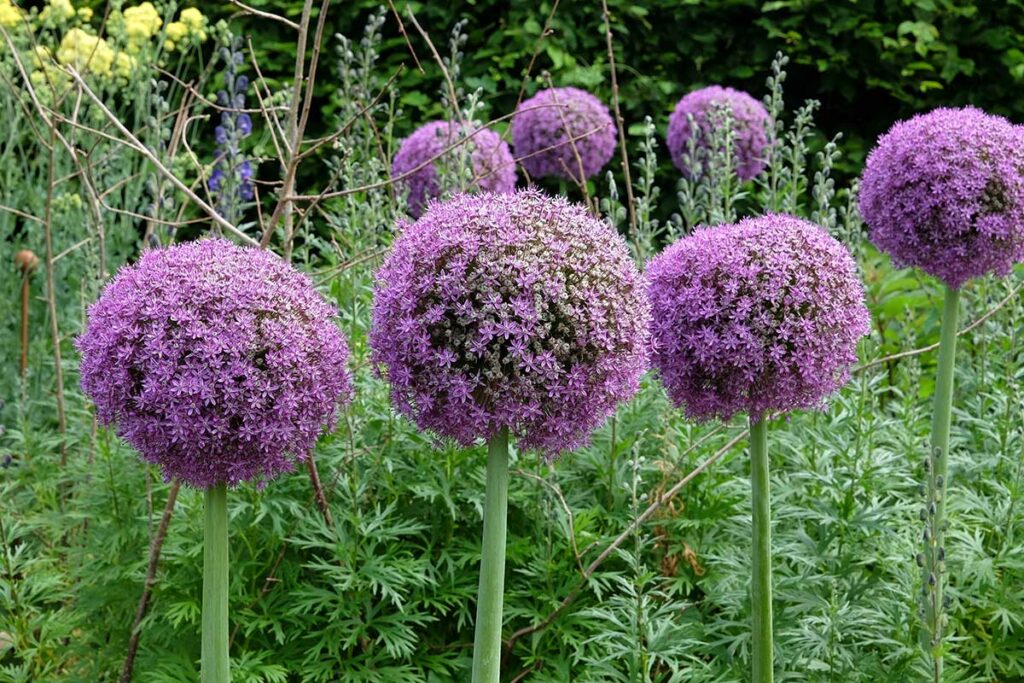
Ornamental onions, or alliums, add a unique architectural element to any garden with their spherical blooms. While they don’t require frequent division, doing so can help maintain their vigor and increase your collection. Wait until the foliage has died back before dividing these bulbous perennials.
Carefully dig up the bulb clumps and gently separate them by hand. Replant the bulbs immediately at the same depth they were growing before. Alliums prefer well-drained soil and full sun, so choose their new locations wisely to ensure continued stunning displays.
7. Lilies
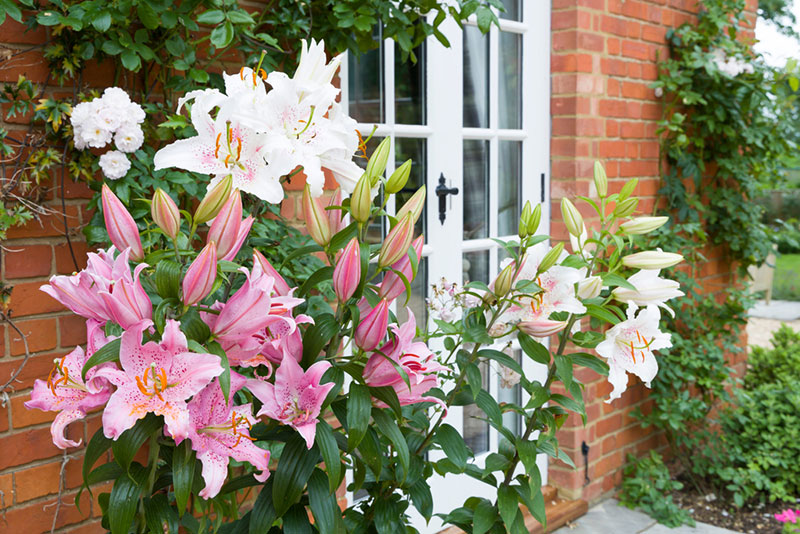
Both Asiatic and Oriental lilies benefit from occasional division to prevent bulb crowding and ensure they continue to produce large, healthy blooms. Late summer, after the plants have finished flowering but before the foliage has completely died back, is the ideal time for this task.
Dig up the lily bulbs carefully to avoid damaging them. Gently separate the bulbs, ensuring each division has a good portion of roots. Replant the bulbs immediately, placing them slightly deeper than they were originally growing. This extra depth helps support the tall stems and promotes the growth of stem roots.
8. Asters
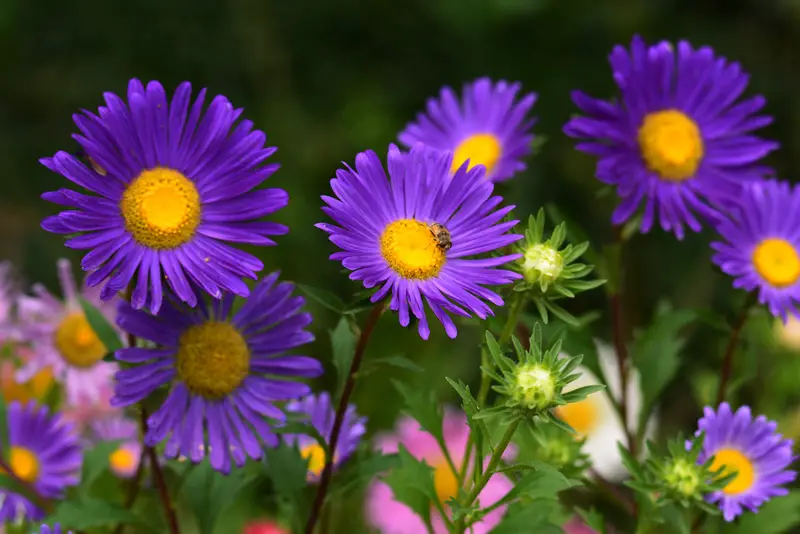
Asters are late summer bloomers that bring a burst of color to the garden when many other plants are fading. These daisy-like flowers can spread aggressively, making division an important maintenance task. Dividing asters every few years helps manage their growth and promotes healthier, more floriferous plants.
To divide asters, dig up the entire clump and separate it into smaller sections, each with a good root system and several stems. Discard the woody center of older plants, as these parts are less vigorous. Replant the divisions promptly, ensuring they have time to establish before winter.
9. Oriental Poppies
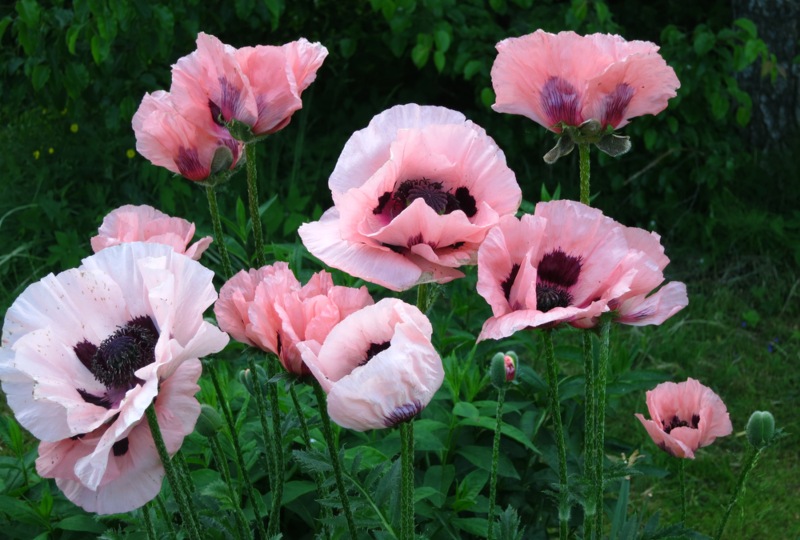
Oriental poppies are known for their large, tissue-paper-like blooms in early summer. These perennials are best divided in late summer after they have died back. Division helps maintain their vibrant blooms and overall plant health, preventing the center of the clump from dying out.
When dividing oriental poppies, be careful with their long taproots. Dig deeply around the plant to lift it without damaging these essential roots. Divide the clump into sections, each with a portion of the crown and taproot. Replant immediately and water well to help the divisions establish before winter.
10. Sweet Woodruff
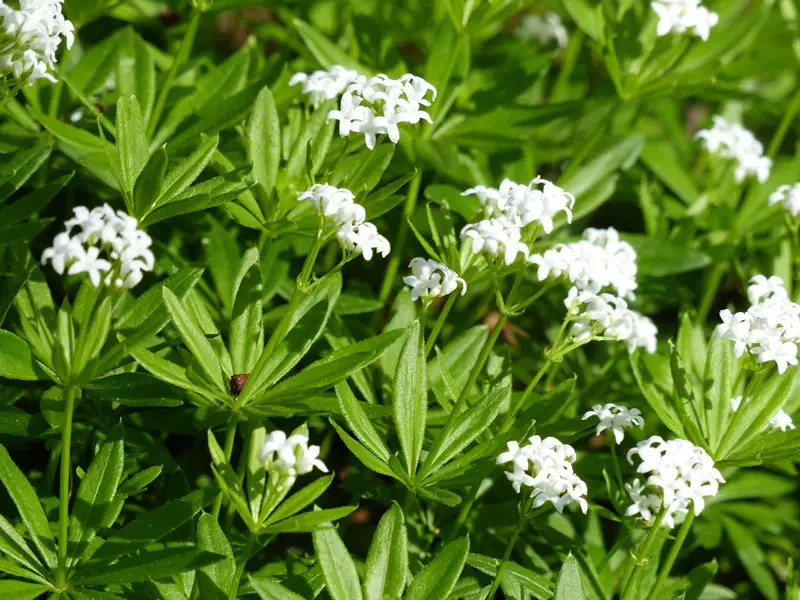
Sweet woodruff is a charming ground cover plant known for its whorled leaves and delicate white flowers. This fast-spreading perennial can quickly take over an area, making division an important task to keep it in check and promote healthier growth.
To divide sweet woodruff, simply dig up a section of the plant, including its roots. Gently pull apart the roots to create smaller clumps. Replant these divisions in areas where you want this fragrant ground cover to spread. Remember to water the new plantings well to help them establish quickly.
Conclusion
Dividing and replanting perennials is a rewarding garden task that offers multiple benefits. It rejuvenates your plants, controls their size, and allows you to expand your garden with minimal cost.
As you tackle this late summer project, remember to water your newly divided plants well and mulch around them to help retain moisture.
By dividing these ten perennials, you’re not just maintaining your garden – you’re investing in its future beauty. Each division represents a new opportunity for growth and color in your outdoor space.
So grab your gardening gloves and spade, and get ready to multiply the beauty in your garden!





